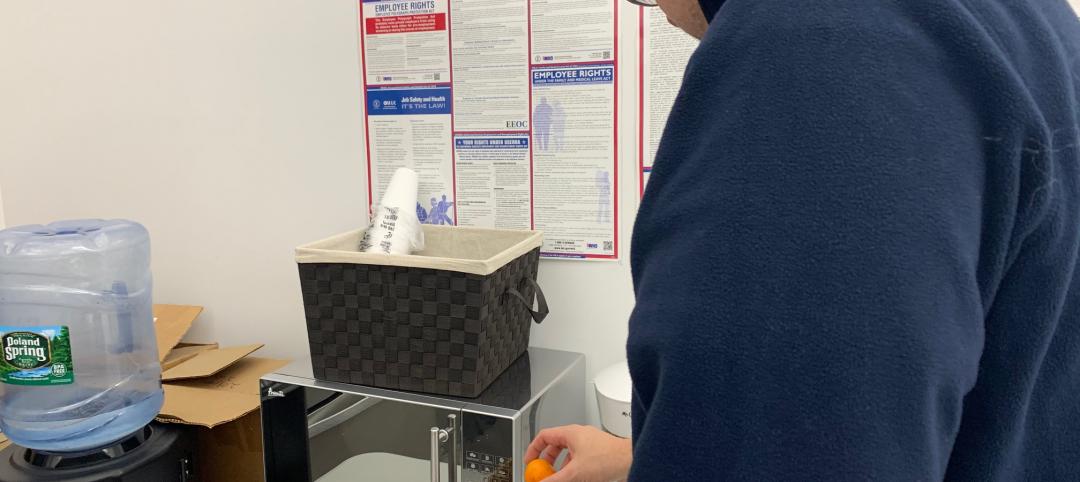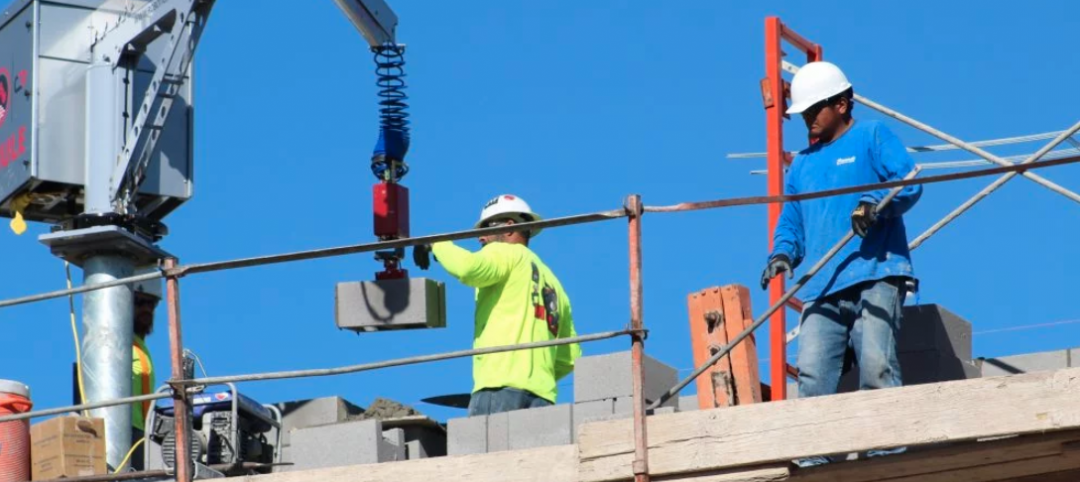Through the first five months of 2015, nonresidential construction spending is having its second best year since the Census Bureau began tracking the metric in 2002.
According to the July 1 release, nonresidential construction spending increased 1.1% on a month-over-month basis and 8.1% on a year-over-year basis, and totals $669.6 billion on a seasonally adjusted, annualized basis. From January to May, nonresidential spending expanded by 7.1%; the only year in which the segment saw faster growth was 2007. Since then, growth over each year's initial five months has averaged only 1.8%.
Perhaps the most notable aspect of May's release was the extensive upward revisions to three of the previous four months' data. January, February and April saw their nonresidential construction spending estimates revised upward by 2%, 1.4% and 2.4%, respectively. The Census Bureau also increased the estimate for May 2014 by 1.4%.
"Though there continues to be discontent regarding performance of the U.S. economy, the current situation should be viewed positively," said Associated Builders and Contractors Chief Economist Anirban Basu. "The U.S. economy has now entered the mid-cycle portion of its recovery, which often represents a period of sustained progress for the average nonresidential construction firm. As with prior months, the industry progress continues to be led by the private sector. Among private segments, manufacturing-related construction was at the frontline of construction spending growth in May."

"Moderate economic growth will allow interest rates to rise gradually, helping extend this mid-cycle," said Basu. "Although it took several years to get to this point of the recovery, contractors will find themselves steadily becoming busier, with margins gradually expanding. The principle obstacle to progress will be skilled labor shortages, which eventually will translate into faster inflation, rising interest rates and the move into the final stage of the current economic expansion."
Nine of 16 nonresidential construction sectors experienced spending increases in May:
· Manufacturing-related construction spending expanded 6.2% in May and is up by 69.5% for the year.
· Office-related construction spending expanded 1.6% in May and is up 24.6% compared to the same time one year ago.
· Lodging-related construction spending was up 3.2% on a monthly basis and 30.6% on a year-over-year basis.
· Lodging-related construction spending was up 5.5% on a monthly basis and 17.6% on a year-over-year basis.
· Spending in the water supply category expanded 0.9% from April, but is down 6.8% on an annual basis.
· Religious spending gained 1.4% for the month and is up 9.2% from the same time last year.
· Highway and street-related construction spending expanded 2.2% in May and is up 2.1% compared to the same time last year.
· Conservation and development-related construction spending grew 8.6% for the month and is up 27.3% on a yearly basis.
· Amusement and recreation-related construction spending gained 5.8% on a monthly basis and is up 29.8% from the same time last year.
· Communication-related construction spending gained 3.3% for the month and is up 15.7% for the year.
Spending in seven nonresidential construction subsectors fell in May:
· Education-related construction spending fell 0.8% for the month, but is up 1.8% on a year-over-year basis.
· Power-related construction spending remained flat for the month, but is 23.5% lower than the same time one year ago.
· Sewage and waste disposal-related construction spending fell 2.2% for the month, but has grown 13.3% on a 12-month basis.
· Public safety-related construction spending fell 7.9% on a monthly basis and is down 11.8% on a year-over-year basis.
· Commercial construction spending fell 1.7% in March, but is up 11.4% on a year-over-year basis.
· Health care-related construction spending fell 0.6% for the month, but is up 3.1% compared to the same time last year.
· Construction spending in the transportation category fell 0.9% on a monthly basis, but has expanded 5.4% on an annual basis.
Related Stories
Contractors | Feb 4, 2020
Suffolk diversifies, issues new brand identity
General contractor expands services beyond construction into vertical service lines.
Sponsored | HVAC | Feb 3, 2020
Reliable Building Systems Increase Net Operating Income by Retaining Tenants
Tenants increasingly expect a well-crafted property that feels unique, authentic, and comfortable—with technologically advanced systems and spaces that optimize performance and encourage collaboration and engagement. The following guidance will help owners and property managers keep tenants happy.
Libraries | Jan 23, 2020
Information or community center: The next generation of libraries must be both
Are libraries still relevant in a digital world?
Market Data | Jan 23, 2020
Construction contractor confidence surges into 2020, says ABC
Confidence among U.S. construction industry leaders increased in November 2019 with respect to sales, profit margins, and staffing, according to the Associated Builders and Contractors Construction Confidence Index.
Contractors | Jan 20, 2020
Wellness is for builders, not just for buildings
New research on wellness in the construction sector highlights interventions that could be effective in addressing dehydration, weight management, poor air quality, and stress.
Green | Jan 10, 2020
How the new EC3 tool raises the bar on collective action
Nearly 50 AEC industry organizations partnered to develop the groundbreaking Embodied Carbon in Construction Calculator.
Sponsored | HVAC | Jan 6, 2020
Maximize Energy Efficiency in Class A Office Buildings With Modern Building Systems
Energy-efficient building design starts with the building envelope, but the building systems have a tremendous impact on energy use as well.
Contractors | Dec 30, 2019
Pepper Construction Group CEO J. David Pepper, 59, passes away
Pepper was a long-time leader of one of the largest Midwest general contractors who lived his life in service to others.
| Dec 18, 2019
Reconsidering construction robotics
After decades when experts predicted that robots would become more prevalent on construction sites, it would appear that the industry has finally reached that point where necessity, aspiration, and investment are colliding.















